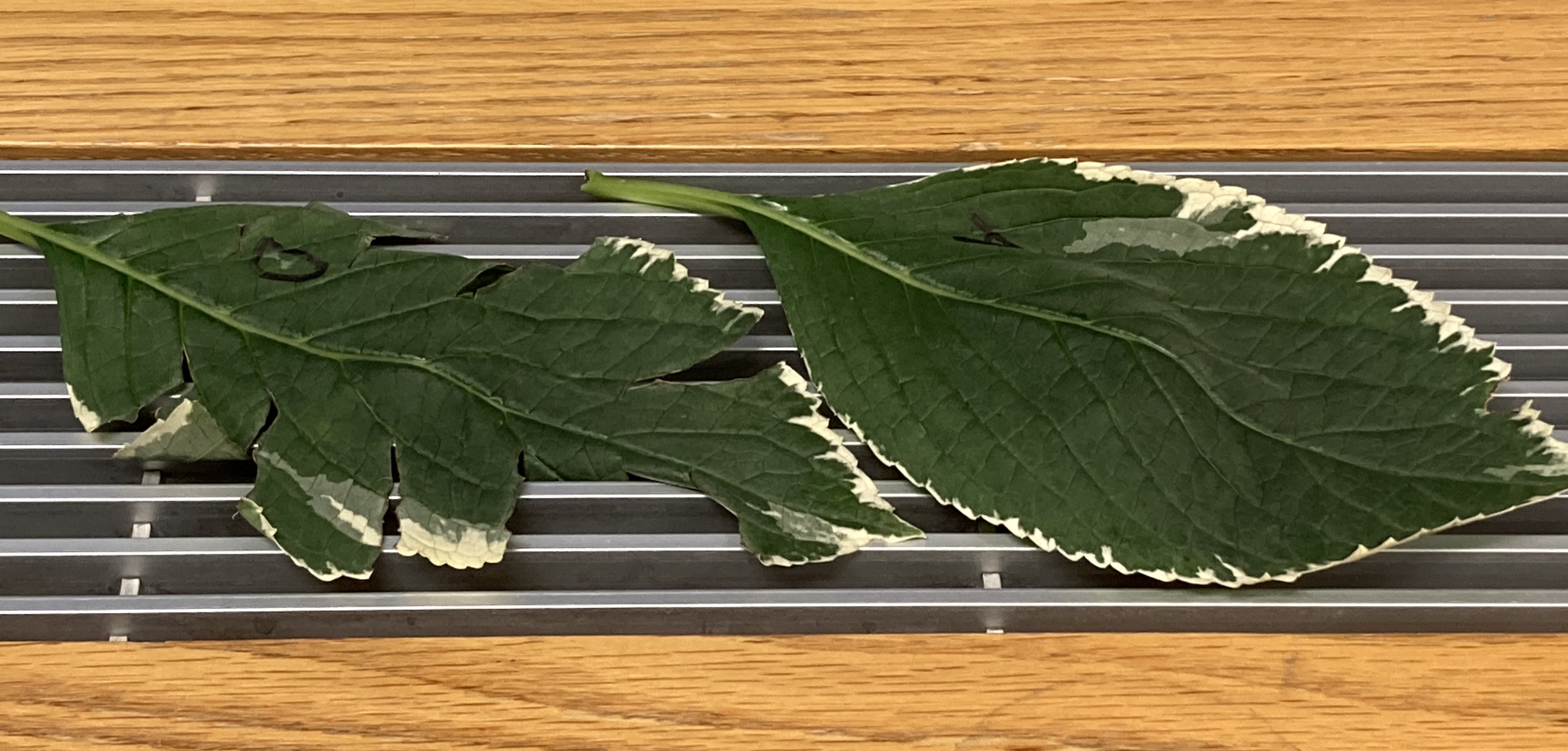By Richard B. Primack
“Almost all of our improvements, so called, tend to convert the country into the town.” Henry David Thoreau in his Journal.
Horizon scanning is a well-established method for identifying emerging threats and opportunities that allows sufficient lead time to develop actionable solutions. The 15th Horizon Scan for conservation issues was published this year in the high-profile journal, Trends in Ecology and Evolution.
 |
| Figure 1: Artificial intelligence (AI) was used to generate some of this year’s issues. |
For this year’s horizon scan, Willow Primack and I joined the team to use three AI models-- GPT-3.5 (Open AI), GPT-4 (Open AI), and Claude (Anthropic)-- to generate novel topics in ecology, conservation, and environmental science. After screening them with respect to accuracy, novelty and interest, we forwarded the best 20 issues to the team leaders. They judged five of the 20 to be of sufficient interest for consideration by the larger group. In the end, none of our AI-generated issues made the final list of 15 issues.
 |
| Figure 2. Many of the issues chosen address the climate change crisis. |
Many of the final topics were related to the use of technology to reduce the environmental impact of human activities, including to address the climate change crisis. Some examples include new methods for producing hydrogen fuel for energy; and producing high-protein food from air, potentially decreasing the area of land needed for food production. Other topics are more specific, such as positive benefits that may come from the use of benchtop DNA printers and the need to monitor changes in deep-sea currents which may have profound impacts on marine and terrestrial ecosystems.
The full article is available using this LINK.






















